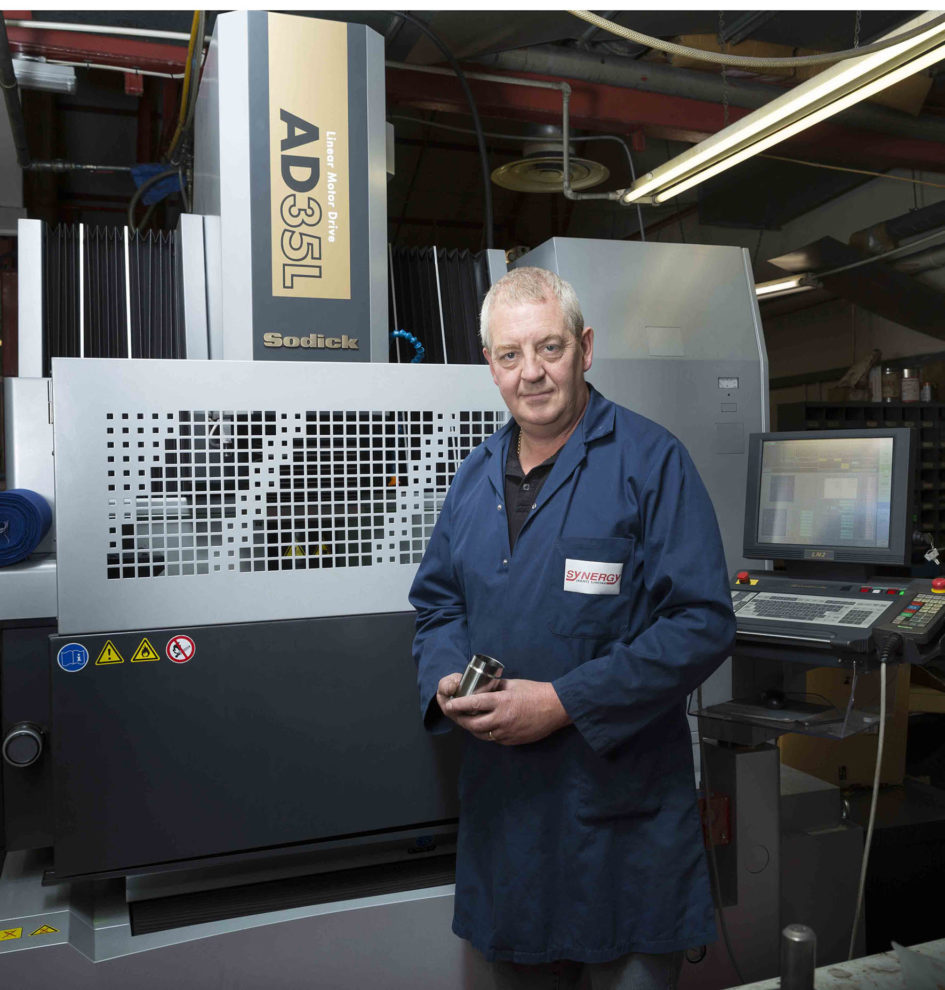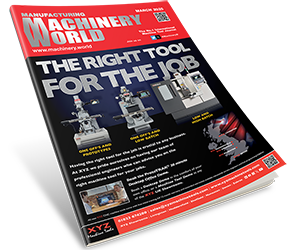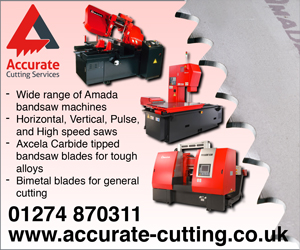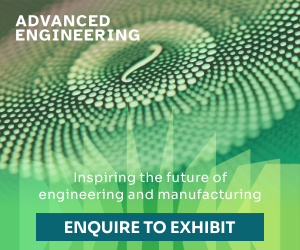Dartford-based Synergy (Kent) Ltd has invested in the latest Sodick AD35L from Sodi-Tech EDM, a move that has seen both precision and ease-of-control improve in comparison with the company’s existing die-sink machine. The new AD35L has been set to work producing punches for the compaction industry that feature intricate and precise forms.
Now in its 11th year of trading, Synergy (Kent) Ltd has carved out a strong niche fulfilling a range of toolmaking requirements. These include top and bottom punches for the compaction industry, which essentially compress metal powders into products such as magnets. The process relies on the compacting of metal powder in a die through the application of high pressures. Typically, the tools are held in the vertical orientation with the punch tool forming the bottom of the cavity. The powder is then compacted into shape and ejected from the die cavity. The parts tend to need very little additional work for their intended use; making for very cost efficient manufacturing. Importantly, tooling must be designed so that it will withstand the extreme pressure without deforming or bending. Furthermore, tools should feature a polished finish and prove wear-resistant.
Beyond compaction tools, Synergy is also highly successful in the provision of transfer press tools, as well as the supply of spares and repairs to all types of general press tooling.
“Such has been our growing order book that it was clear we needed to increase our EDM capacity,” explains one of the company’s owners Ian Chambers. “For this reason, we decided to assess the market for an additional die-sink EDM.”
Despite having never used a Sodick machine before, the company’s research identified the AD35L as the ideal solution. Following a full demonstration by Sodi-Tech EDM and the manufacture of sample parts, Synergy placed the order.
Installed in September 2016, the machine has been dedicated to a single repetitive job; special compaction punches made from Vanadis 30 tool steel and carbide with the requirement for a tight form sparked in the top face. The AD35L completes three punches every day.
“The tight form includes a maximum corner radius of 0.1mm,” explains Mr Chambers. “We have to hold a tolerance on concentricity of 5µm, and 10µm on size, depth and profile shape, as well as a high level of surface finish. However, our new AD35L meets the specification day-in, day-out.”
Featuring linear drives, glass scale feedback and a 10-year positioning accuracy guarantee, the Sodick has provided a clear boost to precision levels at Synergy. This is supported by optimised rib arrangements that increase rigidity by approximately 70% and help minimise machine deformation.
With regard to surface finish, Sodick’s arc-less electrical discharge system features further improvements in machining performance and ensures that machining time is minimised. Equipped with Sodick’s SVC high-quality surface finishing circuit, satin and mirror surfaces can be achieved.
Ease-of-use and high levels of control are additional features of the AD35L to have impressed Mr Chambers. Here, Sodick’s latest LN controller is equipped with LN Professional automatic programming functions, while LN Assist (supplied as standard) enables even a beginner to operate the machine.
“Considering I have been a user of another EDM brand for the past 30 years, the learning curve on the Sodick machine was really short,” he says. “In fact, we were running-capable in just 2-3 days. It was far easier than I anticipated and we are virtually experts now. For example, if we are 10µm under on a particular dimension, such is the level of control that we can get rid of that immediately.”
Offering travels of 350 x 250 x 270mm in the X, Y and Z axes respectively, and the capacity to accommodate workpieces weighing up to 550kg, the arrival of the Sodick AD35L at Synergy has spurred the company on to new levels of business performance.
“It’s fair to say that the market is a little variable at present, but we managed to achieve our best month ever in February 2017, which is encouraging to say the least,” concludes Mr Chambers.






